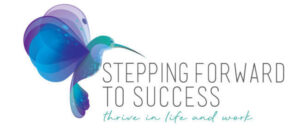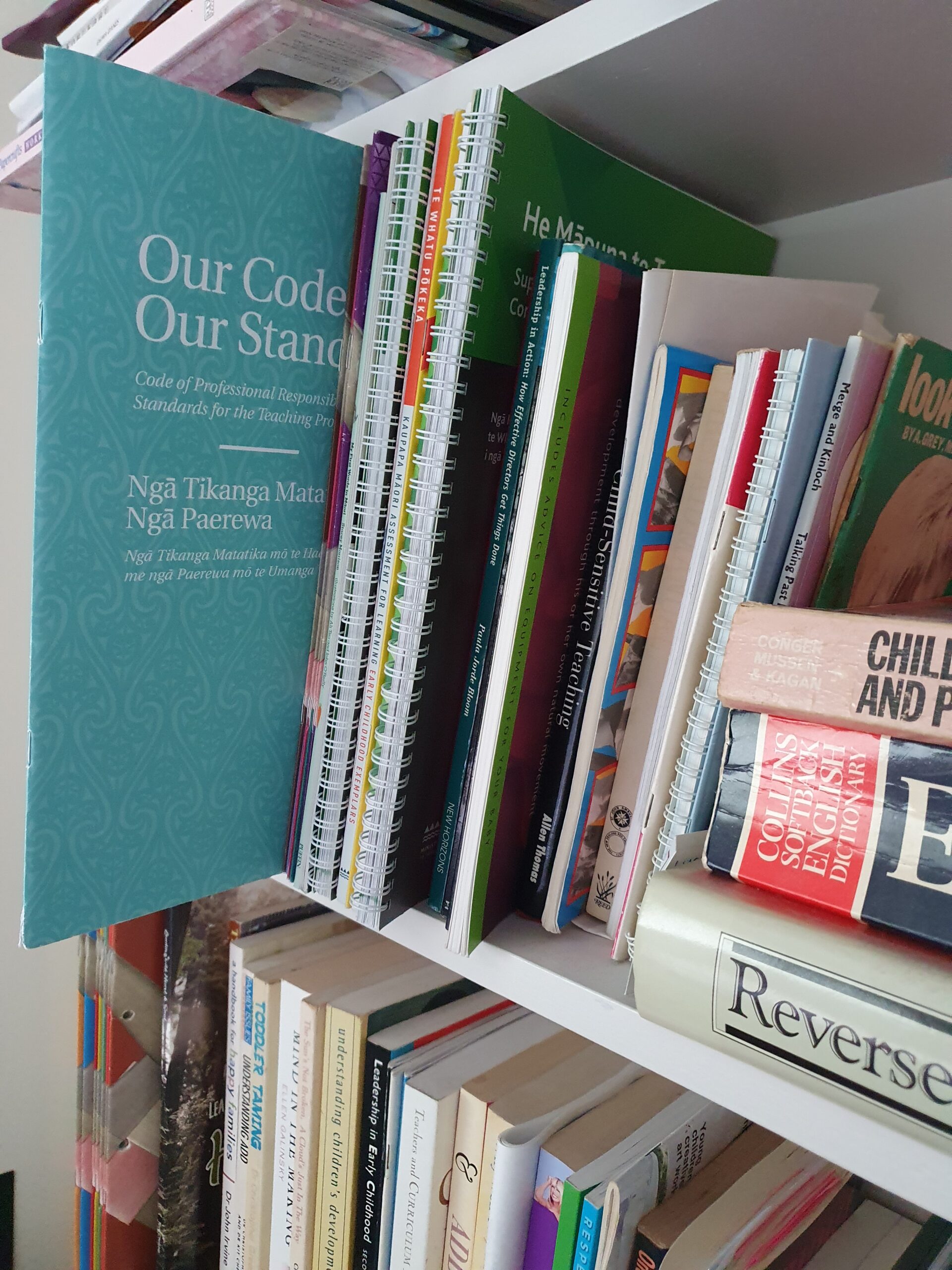Teaching practices – those are two big words that can define your journey as an early childhood education teacher.
Throughout your career, you will regularly reflect on and refine your teaching practices. You may also need to learn to adapt your own teaching practices to align with the centre you are working at.
But teaching practice is a wide-ranging subject and can be difficult to get your head around in the early stages of your teaching career.
Let’s take a look at the two main parts that define teaching practices and two ways that you can gain clarity around your own teaching practice and improve it while undertaking your provisional teaching certification.

What Do Good Teaching Practices Look Like In Your Centre?
What Defines Teaching Practices?
Day to day teaching practice revolves around two things – the Teaching Standards common to the whole profession in New Zealand and the values and practices of your individual centre.
Let’s explore both of these in greater detail.
Our Code, Our Standards – the Code of Professional Responsibility and the Standards of the Teaching Profession
The Code and Standards are the backbone of the teaching profession in Aotearoa. The Code sets out the ethical and behaviour standards that are expected of a teacher. The Standards describe effective teaching practice. They are Te Tiriti o Waitangi partnership, Professional learning, Professional relationships, Learning-focused culture, Design for learning and Teaching.
Between them, they guide you on what it means to be a teacher and how to develop your teaching accordingly.
Your Centre’s Values
Alongside the universal Code and Standards will be the values that are unique to your Centre. These values will guide the things that your centre focuses on, the way teachers interact with children and the style of teaching.
Your Centre’s values are something that you will learn as you become more embedded in your Centre. Hopefully they will align with your own views and style of teaching.
When you first start at your Centre, pay close attention to the practices, values and the ways other teachers embody them. You’ll also find useful documents at the centre that will help you understand practices.
Gaining Clarity Around Teaching Practices
Now that you understand what defines good teaching practices, it’s time to gain clarity about your own practices and seek ways that you can improve them throughout your teaching journey.
Here are two effective ways:
Working With Your Mentor
While you are a provisional teacher working towards full certification, you will have a mentor at your Centre. They will help you with various aspects of your training including working on your teaching practices. If you are finding the Code and Standards difficult to digest, then it may be a good idea to ask your mentor to go over them with you.
As part of your journey, you will have regular meetings with your mentor. During these meetings, you’ll discuss your inquiries and also reflect on other aspects of your teaching practice and the wider teaching practices of your centre.
Setting Inquiry Goals to Help Develop Your Teaching Practices
As part of your certification, you will undertake a series of inquiry goals. These inquiries will help you to further investigate and reflect upon areas of your teaching practice. Your mentor will assist you with setting and reflecting on your inquiry goals.
By setting inquiry goals that specifically address teaching practices, you can develop your skills in this area and ensure your practices align with your own values and those of your Centre.
Help On Your Journey
Would you like some extra guidance around teaching practices and how to make the most of your journey to full certification?
If the idea of teaching practices, inquiries, codes and standards is daunting, then help is at hand.
As well as your mentor who will help you at your Centre, there is extra help in the form of my Roadmap to Certification. The Roadmap covers everything you need to know about the route to becoming fully certified. You’ll get a timeline to help you structure the tasks you need to complete for certification and guidance on key parts such as inquiry goals and working with your mentor.
You’ll also get personal support from me and access to our private Facebook group where you’ll be able to talk to other people on their same teaching journey.
Ordering your Roadmap to Certification is easy. Simply follow the links here, or if you have any questions please get in touch.
Click here to read more about the Roadmap or click here to purchase the Roadmap to Certification ebook for Provisional Certified Teachers. Or if you are looking to get started on your professional Certification journey, the Kete Ako programme is a great starting point – check it out here.

